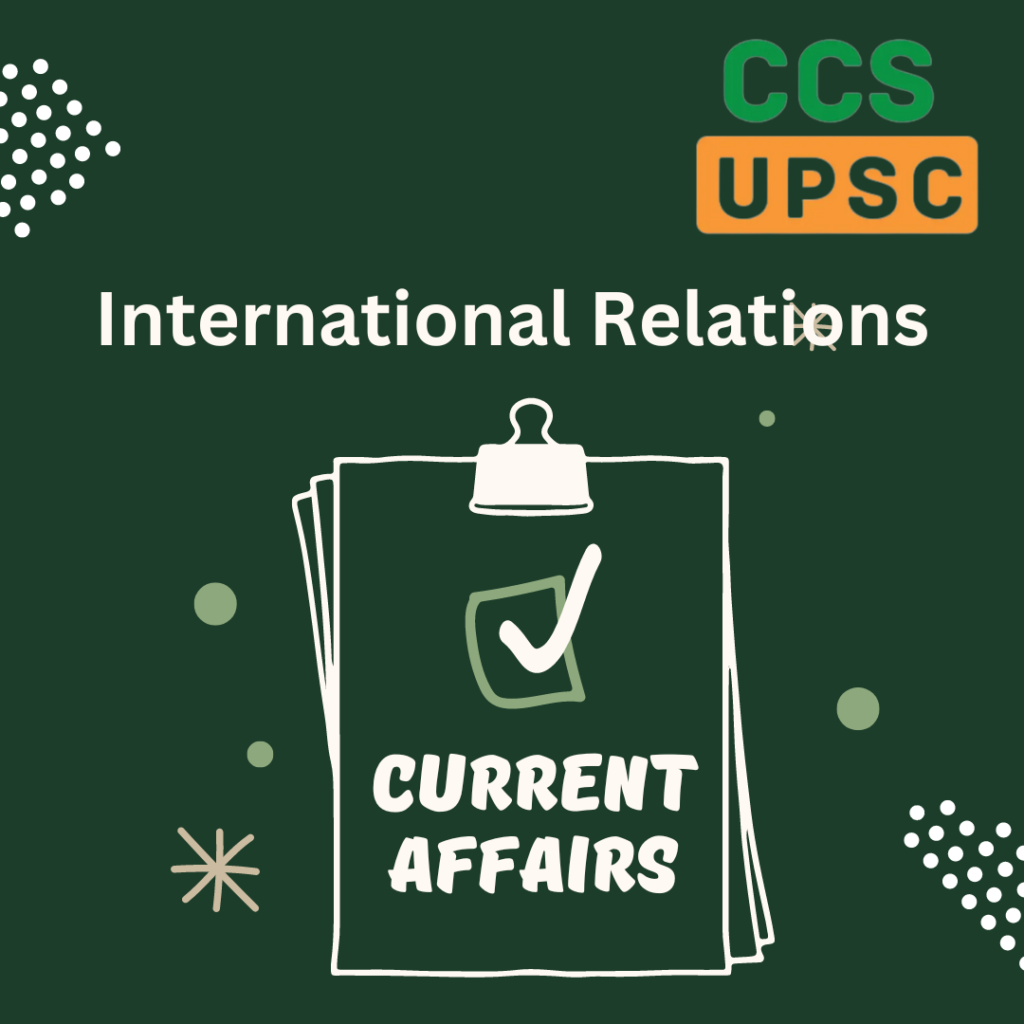Context:
∙ A spate of attacks on cargo ships in the Red Sea since November by the Houthi militia of Yemen has turned the quickest marine route linking Asia with Europe through the Suez Canal unsafe.
About
∙ The attack has forced freighters to take a longer transit around the Cape of Good Hope in Africa’s southern tip, making shipments both dearer and longer to deliver.
∙ It has compounded the woes of global trade as it emerges from the aftermath of the pandemic, feels the heat of the Russia-Ukraine war and grapples with a global economic slowdown.
Importance of Red Sea Trade Route
∙ The Red Sea, stretching from Egypt’s Suez Canal to the narrow Bab el-Mandeb Strait separating the Arabian Peninsula from Africa, remains a key trade route for global shipping and energy supplies.
∙ Opened in 1869, the Suez Canal is one of the busiest canals in the world, carrying around 12% of global trade. In 2022, 23,583 ships used this route.
∙ Linking East and West: The Red Sea serves as a bridge between the East and West, providing a shorter and more direct route for maritime trade between Europe, Africa, the Middle East, and Asia.
∙ Strategic Importance: The Suez Canal, which connects the Red Sea to the Mediterranean, is one of the world’s most important artificial waterways, facilitating global trade and reducing shipping times and costs.
∙ Trade in Goods and Resources: The region is a significant source of oil and natural gas, and the Red Sea remains an important route for the transportation of energy resources.
∙ Economic Impact: The trade routes through the Red Sea support the economies of countries along its shores by providing employment, stimulating economic activity, and fostering international relations.
∙ Political Significance: The control of key chokepoints, such as the Bab el Mandeb and the Suez Canal, has implications for global trade and security.
∙ Political stability and cooperation among the countries bordering the Red Sea are crucial for ensuring the smooth flow of goods.
Impact on Indian trade
∙ After the attacks, major cargo shipping lines decided they would not operate on this route. Even small feeder vessels have of late stopped plying in these waters.
∙ Commodities are the worst affected whether it be chemicals, plastic, petrochemicals, because margins are not there to absorb the hike in freight.
ο Almost 90% of western hemisphere cargo, both inbound or shipped from India, that used to go through the Red Sea is now getting re-routed through the Cape of Good Hope.
∙ The remaining 10% of Indian import or export cargo is either not moving or using a transit facility.
ο Elongation of Both import and export cycles: Container Corporation of India is saying about 25% of its containers are being held back by Indian exporters.
∙ Besides the extra time taken on account of the longer route, the developments could make imports costlier and call for better inventory management.
ο Increase in freight cost: While all consignments are likely to be impacted by the increase in freight cost — by up to six-fold in some cases — and the longer voyage time, the pinch would be felt most by low-value, high-volume cargo as well as perishables.
ο Final products: Also, the crisis could result in final products turning expensive.
∙ For instance, the Red Sea crisis could come in the way of any plans to reduce pump prices of petrol and diesel.
∙ Energy security: Gross imports of crude oil and petroleum products as a share of India’s gross imports in value terms was 25.8% in 2022-23.
∙ In fact, India’s import dependence (based on consumption) in the April-September 2023 period was 87.6%, according to the government’s Petroleum Planning and Analysis Cell.
What has been the response?
∙ The UN has said “no cause or grievance” could justify Houthi attacks against freedom of navigation in the Red Sea.
∙ The U.S. wants more support for the multinational ‘Operation Prosperity Guardian’ it is spearheading to keep the sea lanes open and free of threats.∙ India is closely watching the situation, and the Commerce Secretary is said to have held discussions with officials and trade bodies.












